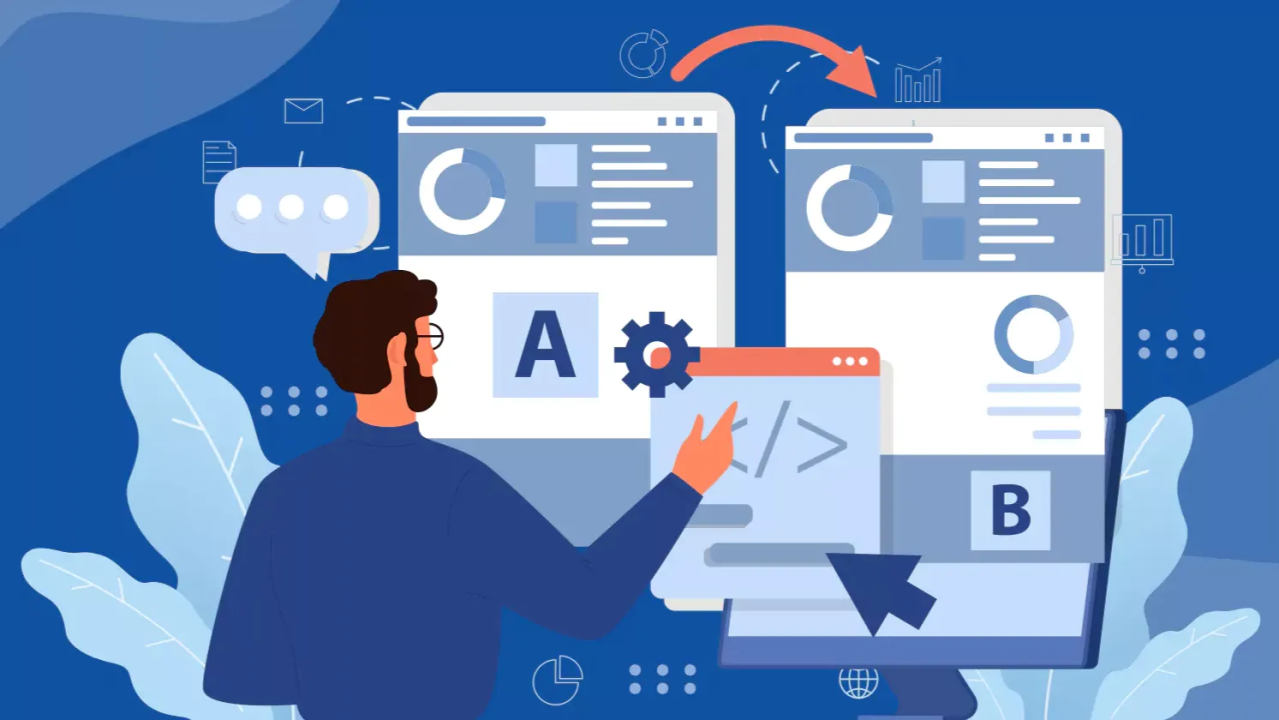In the ever-evolving world of digital marketing, maintaining and improving your online presence is crucial. One of the most effective ways to enhance your site’s visibility is through backlinks. However, losing them can be detrimental to your SEO efforts. This guide will walk you through the essential steps to reclaim lost backlinks and help ensure that your search engine rankings remain strong.

Understanding the Importance of Backlinks
Before diving into the steps to reclaim lost backlinks, it’s vital to understand their significance. Backlinks are links from other websites to your site, serving as a vote of confidence in your content’s quality and relevance. They are a major factor in determining your site’s authority and search engine rankings.
Identifying Lost Backlinks
The first step in reclaiming lost backlinks is identifying which ones you’ve lost. This can be done using various tools like Google Search Console, Ahrefs, or SEMrush. These tools can help you track your backlink profile and alert you to any missing links.
Using Google Search Console
Google Search Console is a free tool that provides valuable insights into your website’s performance. By examining the ‘Links’ section, you can identify which backlinks have been lost and where they originated from.
Ahrefs and SEMrush
Both Ahrefs and SEMrush are powerful paid tools that offer comprehensive backlink analysis. They provide detailed reports on your backlink profile, including lost links, new links, and the overall health of your link-building efforts.
Reasons for Lost Backlinks
Understanding why you’ve lost backlinks is crucial in devising a strategy for reclaiming them. Common reasons include:
- Website changes: If a linking site has undergone a redesign or content update, your link may have been removed.
- Broken links: The page containing your link may have been deleted or moved, resulting in a broken link.
- Manual removal: The site owner may have deliberately removed your link.
Contacting Website Owners
Once you’ve identified the lost backlinks and their reasons, the next step is reaching out to the website owners. Politely request that they reinstate the link, explaining its value and relevance to their content. Personalize your outreach to increase the likelihood of a positive response.
Crafting an Effective Outreach Email
An effective outreach email should be concise, polite, and personalized. Include the following elements:
- A brief introduction of yourself and your website.
- Acknowledge their content’s quality and relevance.
- Politely request the reinstatement of your link.
- Provide the link’s original placement and context.
Monitoring and Maintenance
Once you’ve successfully reclaimed lost backlinks, it’s essential to monitor and maintain your backlink profile regularly. Use tools like Google Search Console, Ahrefs, and SEMrush to stay informed about any changes in your backlink profile.
Regular Content Updates
Keep your content fresh and updated to retain existing backlinks and attract new ones. Regularly review and update your site’s content to ensure it remains relevant and valuable to your audience.
Building New Backlinks
While reclaiming lost backlinks is essential, building new ones is equally important. Focus on creating high-quality, shareable content that naturally attracts backlinks. Consider guest blogging, collaborating with influencers, and engaging in relevant online communities to expand your reach.
Utilizing Internal Links
Strengthen your site’s internal linking structure to improve its overall authority and visibility. Internal links can help distribute link equity throughout your site, enhancing its SEO performance.
Leveraging Social Media
Promote your content on social media platforms to increase its visibility and attract potential backlinks. Engage with your audience and encourage them to share your content, amplifying its reach and impact.
Engaging in Ethical SEO Practices
Adopt ethical SEO practices to maintain a healthy backlink profile. Avoid black-hat tactics, such as buying links or participating in link farms, as these can harm your site’s reputation and rankings. For more insights on ethical practices, you can refer to this article on ethical SEO practices.
Seeking Professional SEO Assistance
If you’re struggling to reclaim lost backlinks or improve your site’s SEO performance, consider seeking professional assistance. Experienced SEO professionals can help you devise a comprehensive strategy to enhance your backlink profile and boost your search engine rankings.
Investing in Online SEO Courses
Stay updated with the latest SEO trends and techniques by investing in online SEO courses. These courses can provide valuable insights into effective link-building strategies and help you stay ahead of the competition. Explore more about the importance of online courses for SEO success.
Conclusion
Reclaiming lost backlinks is crucial for maintaining and enhancing your site’s SEO performance. By following the steps outlined in this guide, you can effectively recover lost links, build new ones, and ensure your website remains a strong contender in the digital landscape. Remember, consistent monitoring and ethical practices are key to long-term success.

FAQs
Why are backlinks important for SEO?
Backlinks are essential for SEO because they serve as endorsements of your site’s content, helping to improve its search engine rankings and visibility.
How can I identify lost backlinks?
Use tools like Google Search Console, Ahrefs, or SEMrush to track your backlink profile and identify any lost links.
What should I include in an outreach email to reclaim lost backlinks?
An effective outreach email should be concise, polite, and personalized, including a brief introduction, acknowledgment of the other site’s content, and a polite request to reinstate your link.






